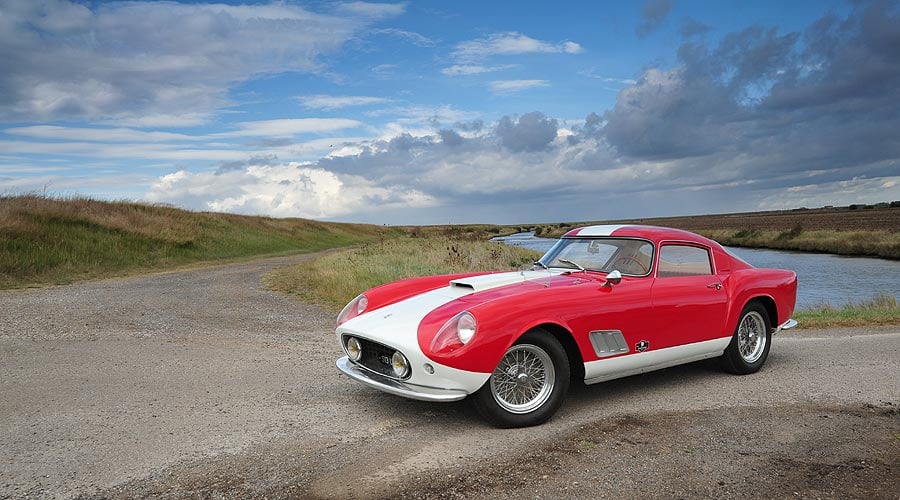
Say ‘covered headlamp’ and ‘single vent’ to a diehard collector and you quickly have their attention. While these expressions and the arcane acronym ‘TdF’ might be the preserve of the cognoscenti, show this glorious GT to the most casual observer and, after the initial “wow!”, they will immediately say: “Ferrari!”
No one sums up the Maranello company’s attitude to sports-racing cars in the late 50s/early 60s better than authoritative Ferrari author Jess G. Pourret when he wrote: “Ferrari did not build racing cars from hopped-up production cars but rather the opposite. A Gran Turismo Ferrari was always conceived from the experience accumulated with the racing machines.”
The masculine, yet delicately styled GT you see here defines that ethos and was another stage in the development of the all-important racing 250 GT family that culminated in the immortal GTO – with its six Webers, dry sump and 5-speed gearbox, it was, effectively, a Testa Rossa with a roof.
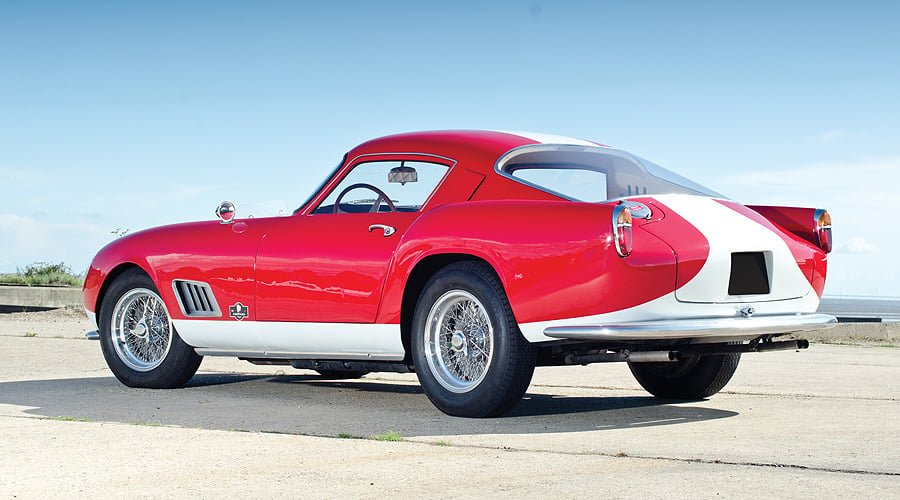
In December 1955, the 250 GT racing story started when Spanish nobleman Alfonso (‘Fon’) de Portago won a GT race in Nassau, in the Bahamas, in the very first example of the Colombo-engined, 3-litre berlinetta with Pinin Farina coachwork.
Commencing with a win - and the magical ‘Ferrari’, ‘Spanish nobleman’ and ‘Nassau’ mix, those were the days - the model swept all before it including a nine-run winning streak on the Tour de France Automobile: a helter-skelter mixture of fast, timed road-rally sections and brutally competitive races at venues such as Le Mans, Rouen and Monthléry.
Organised by the F.F.S.A. and the Automobile Club de Nice, the event attracted many Grand Prix and Le Mans drivers (Stirling Moss, Willy Mairesse, Olivier Gendebien, Jean Guichet, Jo Schlesser and many more) and the poor cars were driven to within an inch of their lives.
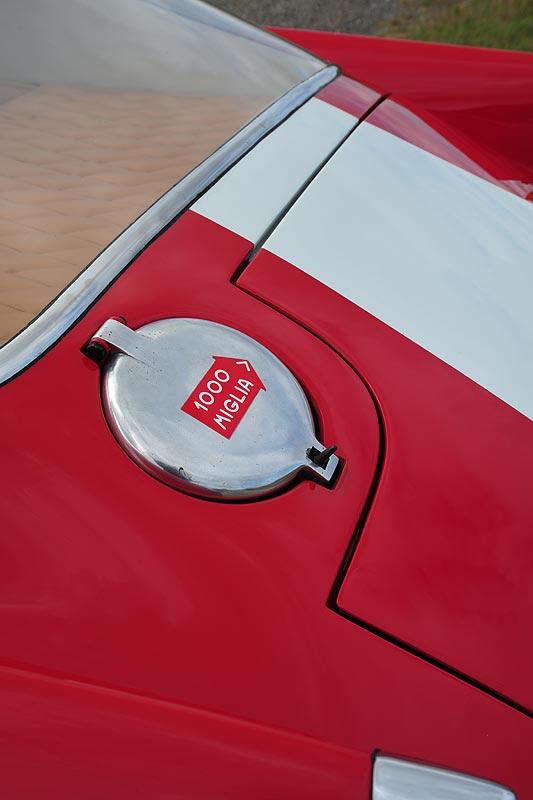
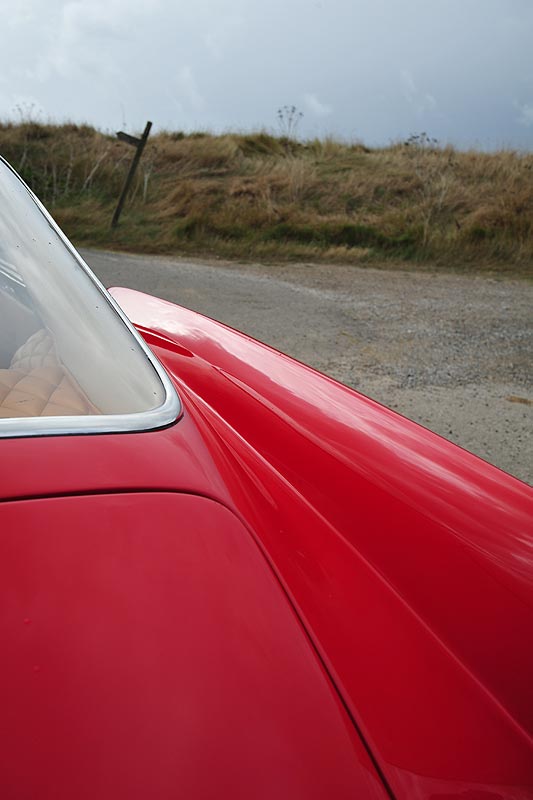
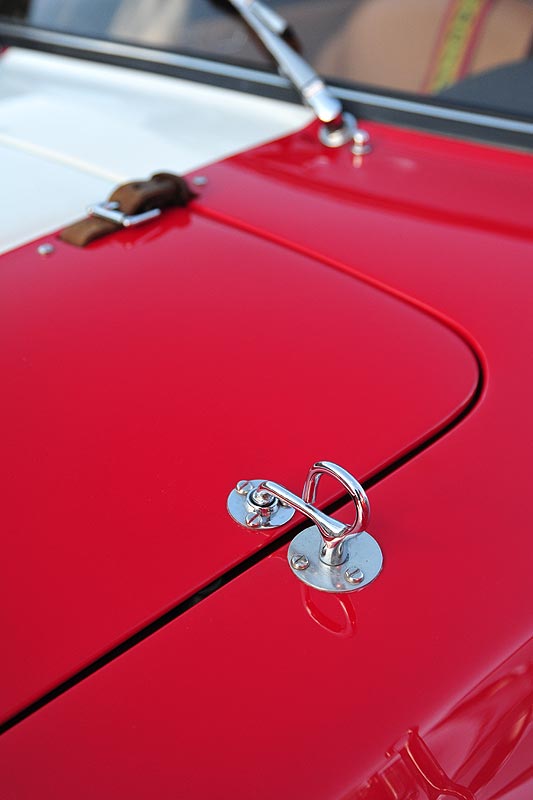
During this period, under the expert eyes of Ferrari Assistenza boss Gaetano Florino, the teams running 250 GTs became members of an unofficial ‘club’, with late nights spent hammering out damaged bodywork and straightening crumpled exhausts. Even chicken-wire was employed to hold a badly damaged car together for just one more day’s action.
I make no excuses for the extensive introduction to the model that is universally referred to as a 250 GT ‘Tour de France’. Only the fastest, toughest cars could take the punishment meted out to them over five or six days and around 5000km.
The car you see here, one of the leading entries at the 26 October RM Auctions ‘Automobiles of London’ sale is one.
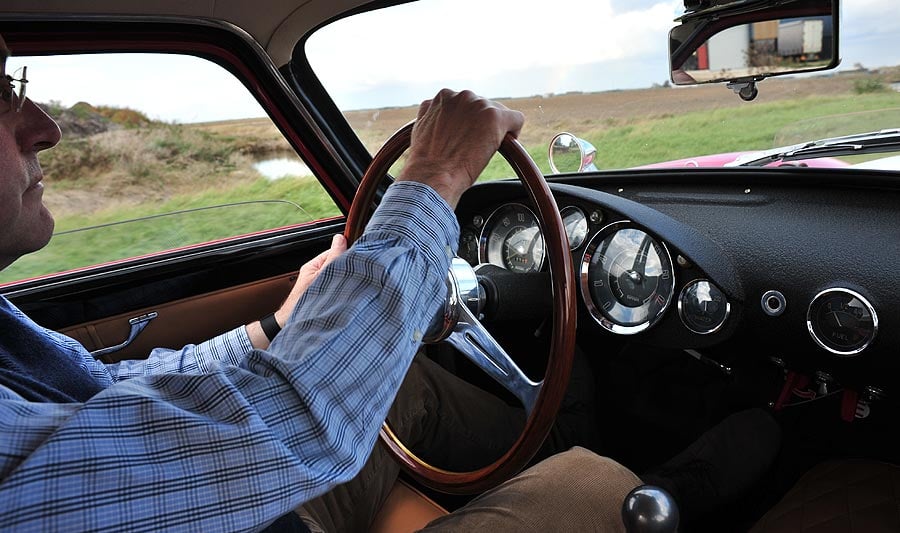
This ‘TdF’ (chassis 1039 GT, originally delivered to the USA), unlike its sister cars in period, is in immaculate condition. A Ferrari Classiche-certified car, it’s just received a “full, no-expense-spared service” by marque expert GTO Engineering and, from the stunning red/white paintwork to the crackle finish dash and tan leather interior (by Italian specialist Luppi), it appears as ready to go as anything.
Compared with older classic Ferraris I've experienced, this one feels much easier to drive. Starting is the usual ignition/pumps sequence, and a push of the key in the ignition lock has the 12-cylinder, all-alloy engine idling smoothly away.
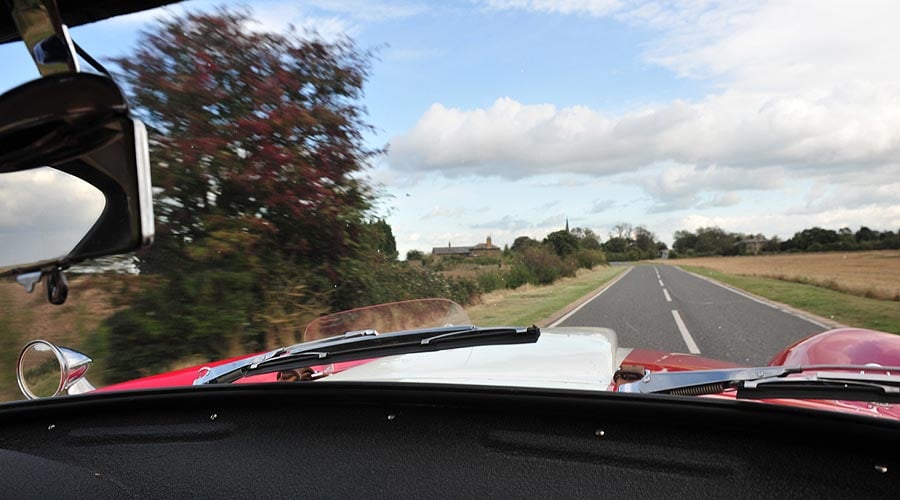
Before the driver lies a range of dials and a big, wood-rimmed wheel. The clutch pedal requires a slightly bent right leg when ‘out’, while the steering is heavy when stationary, but the ZF steering box (as used in the GTO) lightens the wheel at speed, providing delicate feedback on its excellent road-holding and handling, propelled by the 3-litre, 250bhp V12.
Ah, the engine. Clack the big alloy ‘ball’ gearlever from ratio to ratio, feeding in the power all the while, and Ferrari V12 motoring does not get much better than this. Despite its tiny-diameter exhausts, the almost complete lack of sound-proofing in the airy cabin means revs + road speed = NOISE. Fabulous, intoxicating noise.
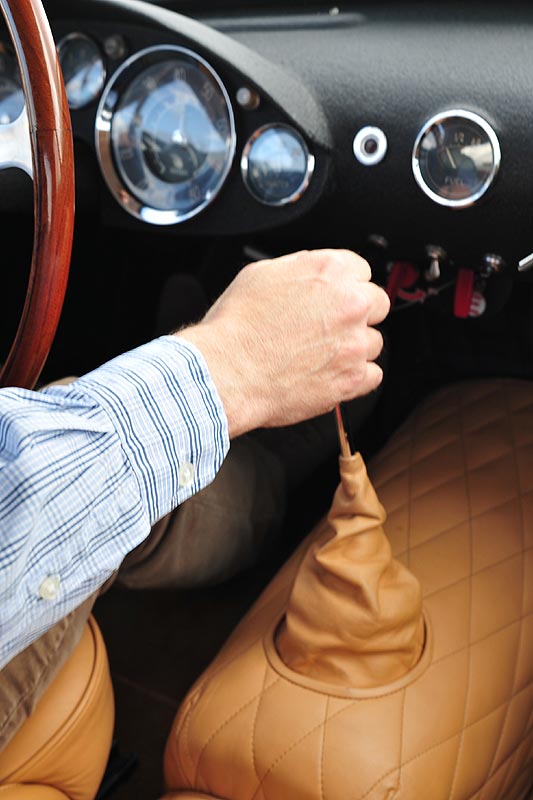
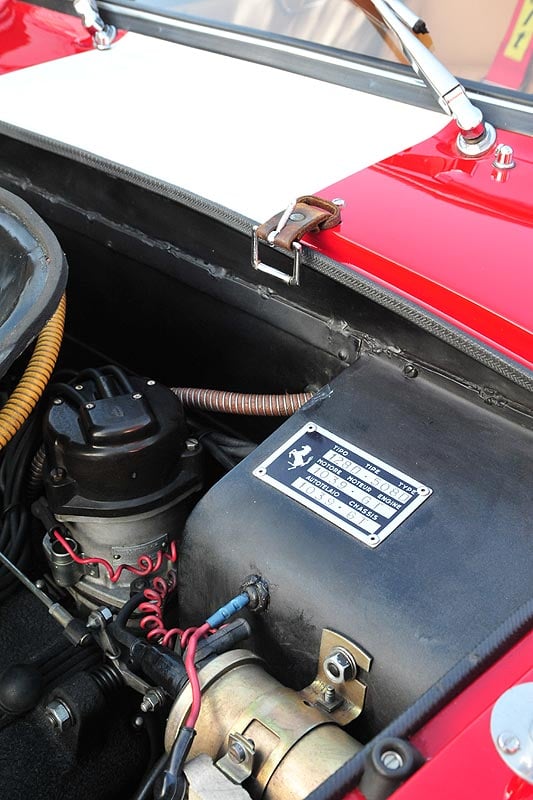
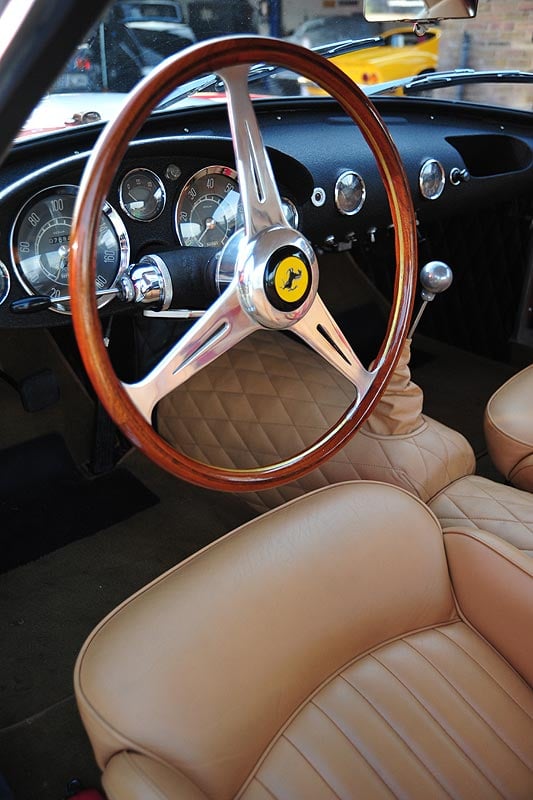
As for stopping, well, the large-diameter drums are probably state-of-the-art – for 1958. I think you’d soon get used to them. I’ll let someone with £2,000,000 - 2,400,000 (the car’s estimate) to spare to really push them, but you can be sure that, with the superb level of preparation this car has enjoyed, they should be as good as they get.
I defy anyone swinging open the almost visibly lightweight door on exiting the car to resist a backward, nodding, “well, I’ve just driven that, what a car” look.
Partly by virtue of its year of production (over to you, Ferrari historians, on that one...) it carries the most attractive bodywork of ‘closed’, streamlined headlamps, with a single air-exit vent on the sail panel. From every angle, it is a stunner (my favourite are the impossibly tall and sharp, almost ‘finned’ rear arches).
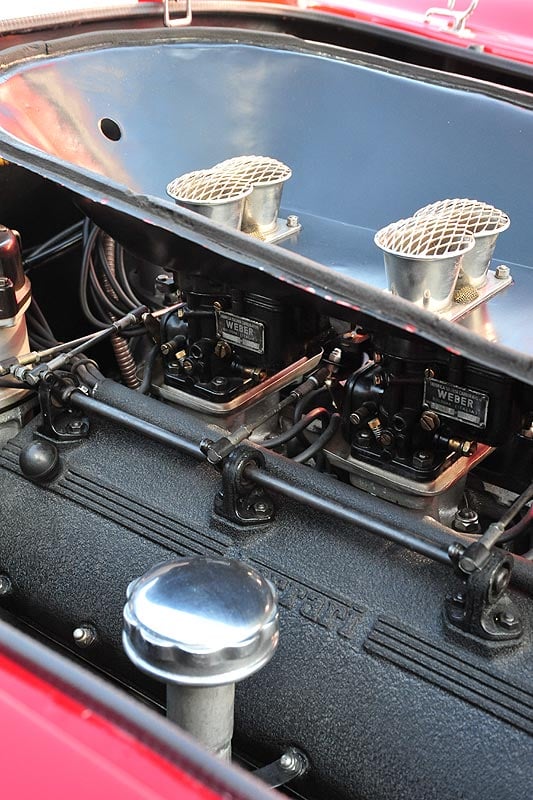
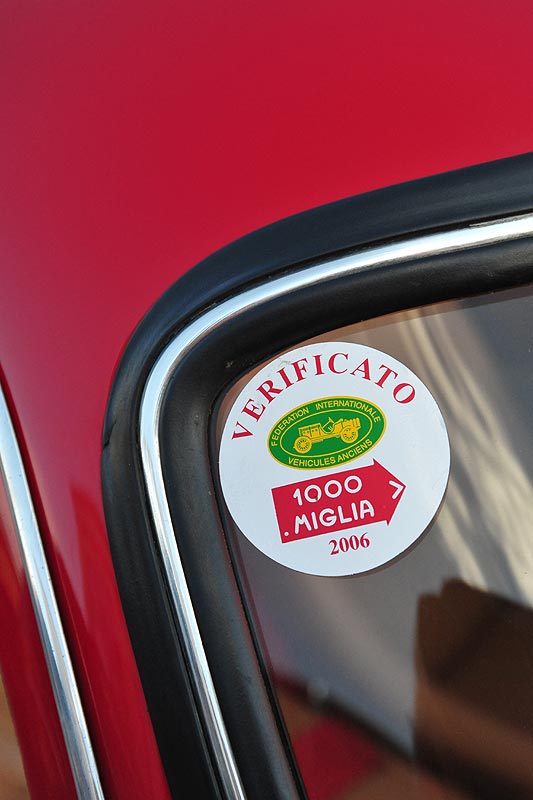
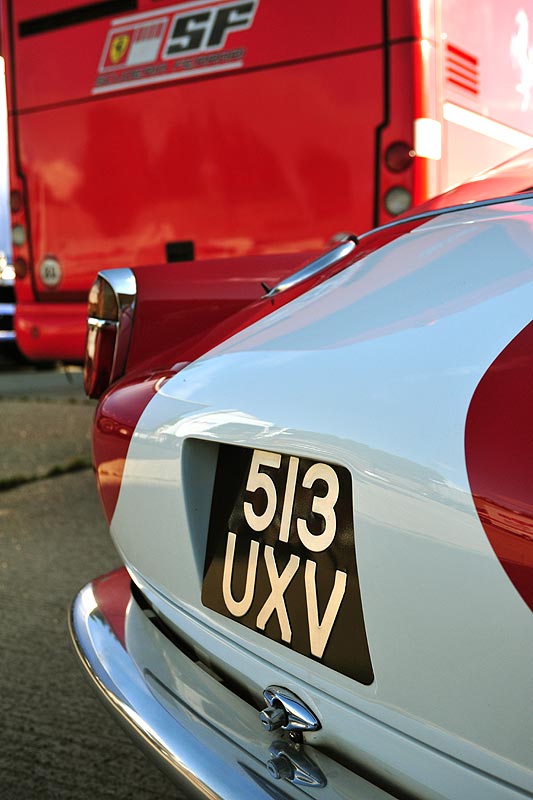
And not a scrap of chicken-wire in sight.
With grateful thanks to Incarnation and RM Auctions.
You can see further details and photos of the car to be offered at RM's forthcoming 'Automobiles of London' sale on 26 October in the Classic Driver Marketplace.
For further information, call RM Auctions on +44 20 7851 7070 (or +1 (519) 352-4575) or email [email protected].
Text: Steve Wakefield
Photos: Classic Driver / RM Auctions
ClassicInside - The Classic Driver Newsletter
Free Subscription!













